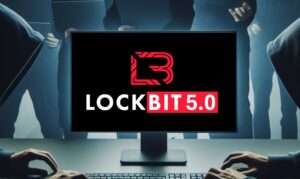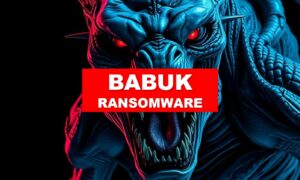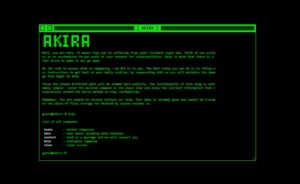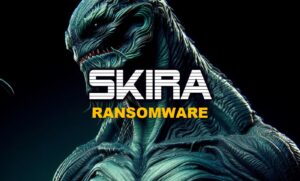
LockBit 5.0: concrete signs of a possible rebirth?
The ransomware landscape continues to be characterized by dynamics of adaptation and resilience. Even when an international operation seems to spell the end for a criminal group, experience shows us that the disappearance is often only temporary. This is the case of LockBit, one of the most prolific and structured gangs of the last five years, whose saga seemed to have ended with Operation Cronos in February 2024. Today, however, new evidence from the dark web is fueling speculation that it’s returning under a new guise: LockBit 5.0. LockBit: From Undisputed Dominance to Apparent Decline Over the years, LockBit has represented a










